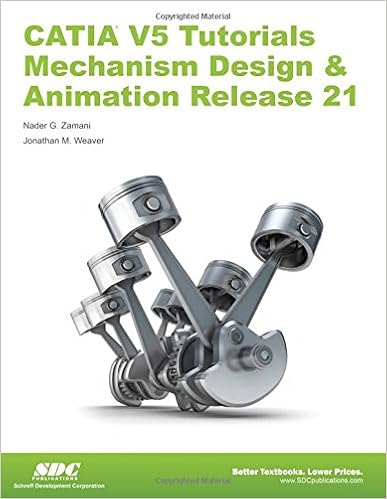اختصاصی از
زد فایل مقاله Animation دانلود با لینک مستقیم و پر سرعت .


تعداد صفحات : 10
فرمت فایل : word (قابل ویرایش)
فهرست مطالب :
Animation
Contents
Early examples
Techniques
Stop motion
Computer animation
2D animation
3D animation
Other animation techniques
Other techniques and approaches
Early examples
An Egyptian burial chamber mural, approximately 4000 years old, showing wrestlers in action. Even though this may appear similar to a series of animation drawings, there was no way of viewing the images in motion. It does, however, indicate the artist's intention of depicting motion.
Early examples of attempts to capture the phenomenon of motion drawing can be found in paleolithic cave paintings, where animals are depicted with multiple legs in superimposed positions, clearly attempting to convey the perception of motion.
A 5,200 year old earthen bowl found in Iran in Shahr-i Sokhta has five images of a goat painted along the sides. This has been claimed to be an example of early animation.[1] However, since no equipment existed to show the images in motion, such a series of images cannot be called animation in a true sense of the word.[2]
The phenakistoscope, praxinoscope, as well as the common flip book were early popular animation devices invented during the 1800s, while a Chinese zoetrope-type device was invented already in 180 AD.[3][4][5][6] These devices produced movement from sequential drawings using technological means, but animation did not really develop much further until the advent of cinematography.
There is no single person who can be considered the "creator" of the art of film animation, as there were several people doing several projects which could be considered various types of animation all around the same time.
Georges Méliès was a creator of special-effect films; he was generally one of the first people to use animation with his technique. He discovered a technique by accident which was to stop the camera rolling to change something in the scene, and then continue rolling the film. This idea was later known as stop-motion animation. Méliès discovered this technique accidentally when his camera broke down while shooting a bus driving by. When he had fixed the camera, a hearse happened to be passing by just as Méliès restarted rolling the film, his end result was that he had managed to make a bus transform into a hearse. This was just one of the great contributors to animation in the early years.
The earliest surviving stop-motion advertising film was an English short by Arthur Melbourne-Cooper called Matches: An Appeal (1899). Developed for the Bryant and May Matchsticks company, it involved stop-motion animation of wired-together matches writing a patriotic call to action on a blackboard.
J. Stuart Blackton was possibly the first American filmmaker to use the techniques of stop-motion and hand-drawn animation. Introduced to filmmaking by Edison, he pioneered these concepts at the turn of the 20th century, with his first copyrighted work dated 1900. Several of his films, among them The Enchanted Drawing (1900) and Humorous Phases of Funny Faces (1906) were film versions of Blackton's "lightning artist" routine, and utilized modified versions of Méliès' early stop-motion techniques to make a series of blackboard drawings appear to move and reshape themselves. 'Humorous Phases of Funny Faces' is regularly cited as the first true animated film, and Blackton is considered the first true animator
Following the successes of Blackton and Cohl, many other artists began experimenting with animation. One such artist was Winsor McCay, a successful newspaper cartoonist, who created detailed animations that required a team of artists and painstaking attention for detail. Each frame was drawn on paper; which invariably required backgrounds and characters to be redrawn and animated. Among McCay's most noted films are Little Nemo (1911), Gertie the Dinosaur (1914) and The Sinking of the Lusitania (1918).
The production of animated short films, typically referred to as "cartoons", became an industry of its own during the 1910s, and cartoon shorts were produced to be shown in movie theaters. The most successful early animation producer was John Randolph Bray, who, along with animator Earl Hurd, patented the cel animation process which dominated the animation industry for the rest of the decade.
Another French artist, Émile Cohl, began drawing cartoon strips and created a film in 1908 called Fantasmagorie.[7] The film largely consisted of a stick figure moving about and encountering all manner of morphing objects, such as a wine bottle that transforms into a flower. There were also sections of live action where the animator’s hands would enter the scene. The film was created by drawing each frame on paper and then shooting each frame onto negative film, which gave the picture a blackboard look. This makes Fantasmagorie the first animated film created using what came to be known as traditional (hand-drawn) animation.
دانلود با لینک مستقیم
مقاله Animation 



